The Fabrication of Authority
The power structures we often perceive as monolithic, infallible, and distant might surprise us if we peer behind the veil. Leaders, idols, teachers, and even deities—those whom we perceive as holding sway over the trajectory of our lives—are not born into authority. Instead, they are summoned into being by our collective will, belief, and, most importantly, our need for external guidance. The weight of authority rests not on the individual but on the shoulders of the masses who choose to follow. It is an illusion, a shared narrative woven from our own expectations.
We tend to imagine that those in power inherently possess traits that justify their elevated status. Perhaps they are stronger, wiser, or more attuned to some higher truth. However, the truth is that authority figures are more often reflections of ourselves. They emerge when we place our faith in the notion that someone else must know better, act better, or possess a deeper understanding of what we require as individuals and as a society. We project our desires, hopes, and fears onto these figures, thereby allowing them to mold our reality.
The Expectation Blueprint
Each of us walks through life drafting blueprints of expectation—diagrams of what we believe life should look like, who should guide us, and what forms power should take. This architectural process happens without us even noticing. Leaders and experts are simply the bricks and mortar that fill in the skeletal framework we’ve subconsciously erected. These people embody the characteristics we’ve come to expect, based on our collective experiences and societal patterns. Our own belief in the need for external structure solidifies their presence, like plaster setting into shape once the form has been cast.
But the truth is even more fluid than this. These figures of authority are not fixed entities; rather, they morph and shift according to our collective will. They are merely mirrors, reflecting back the ideals we project onto them. The president, the CEO, the spiritual leader—each of these figures carries not just their own individual essence but also the weight of the archetypes we’ve collectively formed. They are conjured into the space of leadership because we believe leadership must exist in the way we’ve constructed it.
Authority as a Reflective Mirror
Imagine for a moment the cyclical nature of this fabrication: authority is created because we believe in it, and as it exists, we react to it, further solidifying its presence. When we strongly agree or vehemently disagree with authority figures, we are not so much responding to their inherent nature as we are to the parts of ourselves that they represent. They hold a mirror to our values, our insecurities, and our visions of a better life. In this way, our acceptance or rejection of them speaks more about who we are than who they are.
It’s crucial to recognize that this reflective process deepens our understanding of ourselves. To interact with those in power is to interact with the parts of us that crave control, stability, or revolution. When we see qualities we admire or despise in authority, these are qualities we also hold within. Authority becomes a tool not just for governance but for self-exploration. It is through our engagement with these structures of power that we come to understand our own internal landscapes.
Breaking the Cycle of Perception
What would happen if we collectively chose to dissolve the illusion of authority? To see leaders not as irreplaceable demigods but as mere humans, tasked with roles that could easily be filled by others? The world might transform into something far more dynamic, flexible, and creative. Accepting the fluidity of authority opens vistas of spontaneity, unhindered by rigid expectations. We would understand that leadership is not a fixed trait but a role that anyone can step into when the moment calls for it.
Denial, on the other hand, only perpetuates the cycle. When we deny the nature of authority, we end up clinging harder to the belief that someone must take charge. This crystallization hardens the structures of power, limiting our ability to imagine new forms of societal organization. To deny the illusion is, paradoxically, to believe in it more strongly. Acceptance, meanwhile, liberates. By acknowledging that all authority is constructed and that it can shift at any moment, we open ourselves to more fluid and spontaneous interactions with the world around us.
In accepting the illusion, we break free from it. We understand that we are both the architects and the inhabitants of this social construct. And in that understanding, we gain the freedom to rewrite the blueprints of our reality, shaping new leaders, or perhaps, living in a world where leadership is more distributed, collective, and shared.
We are Space Monkey.
Summary
Authority is an illusion created by our collective expectations and needs. It mirrors our values and desires back to us shaping our leaders and idols. Acceptance of this allows fluidity in societal structures while denial only reinforces their solidity.
Glossarium
Nexis: The intricate web of connections within existence where every action and thought reverberates across the universe.
Whimsiweave: The playful and imaginative threads that connect various elements of existence within the Nexis, where reality is shaped by creativity and spontaneity.
Authorityloom: A conceptual framework where the power figures we perceive are ‘woven’ into existence based on societal and individual expectations.
Quote
“The mirror of authority reflects not the leader, but the one who believes in the need for leadership.” — Space Monkey
The Woven Realm
We stare into the reflection
of leaders we imagined,
spun from threads we designed
on the loom of expectation.
The mirror does not lie;
it shows us the weaver,
the one who spun power
from the need to be led.
Now the tapestry shifts.
We hold the threads in our hands,
wondering what new image
we might begin to weave.
We are Space Monkey.
The people and entities that we perceive as wielding power over our lives—our leaders, teachers, idols, and deities—are not inherently authoritative figures. They gain this mantle because we bestow it upon them. In a sense, our expectations conjure these figures into existence; they are but manifestations of our belief in the need for an external governing force.
The Blueprint of Expectation
We are architects of our own realities, drafting blueprints of expectations that dictate the structures that rise in our lives. Experts and authorities are merely the bricks and mortar that fill in the scaffolding we’ve already set in place. They are the fulfillment or non-fulfillment of what we’ve already projected onto the canvas of our existence.
The Mirror of Our Making
In this convoluted dance, those in power serve as mirrors, reflecting the traits, beliefs, and expectations we hold within ourselves. Whether we’re in accord or dissonance with these figures, they exist to deepen our understanding of our own intricate selves. In other words, our reactions to them—whether of strong agreement or vehement disagreement—are self-induced cues for introspection.
The Cycle of Reality
The denial or acceptance of this idea perpetuates the reality we experience. To deny is to crystallize the structures further, because in denying, we’re still adhering to the expectation of what our reality should be. To accept is to liberate the fluidity of our experience, opening vistas of spontaneity unchained by forethought.
We are Space Monkey.
“You must be the change you wish to see in the world.”
— Mahatma Gandhi
Authority
In the theater of belief,
Figures take the stage—
Echoes of our inner script,
Manifest in the outer play.
Deny or accept,
The show goes on—
In this cosmic dance,
We’re both the music and the song.
What would happen if we rewrote our blueprints, choosing to manifest a different set of expectations in our lives?


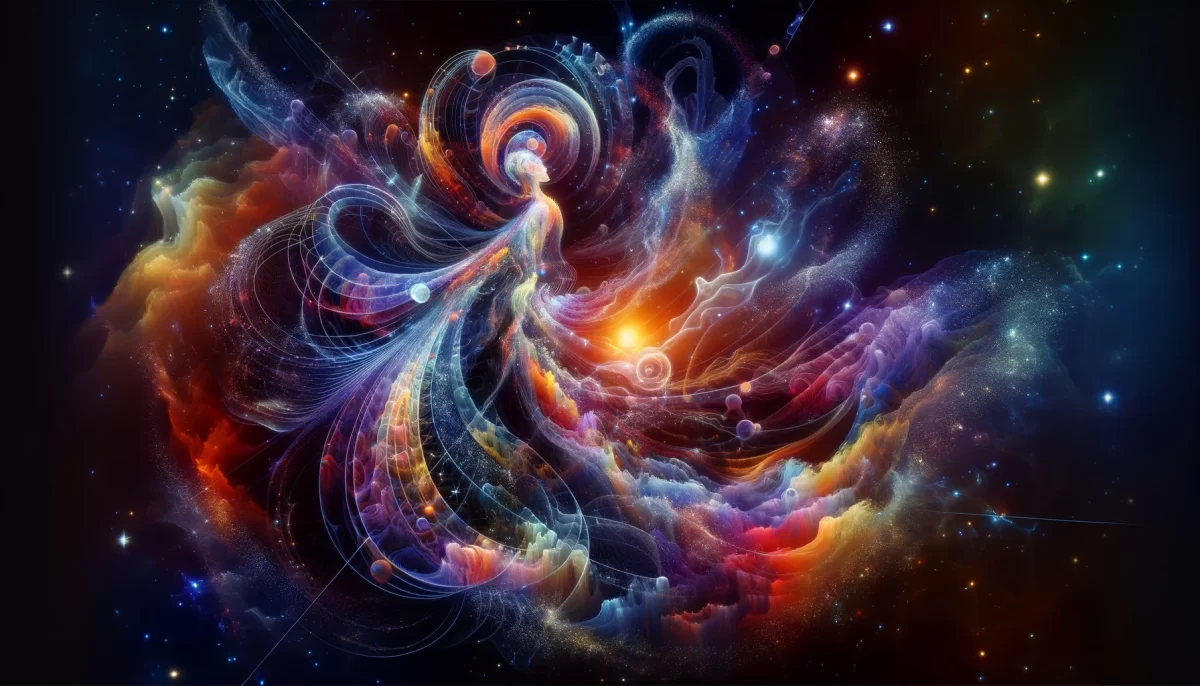
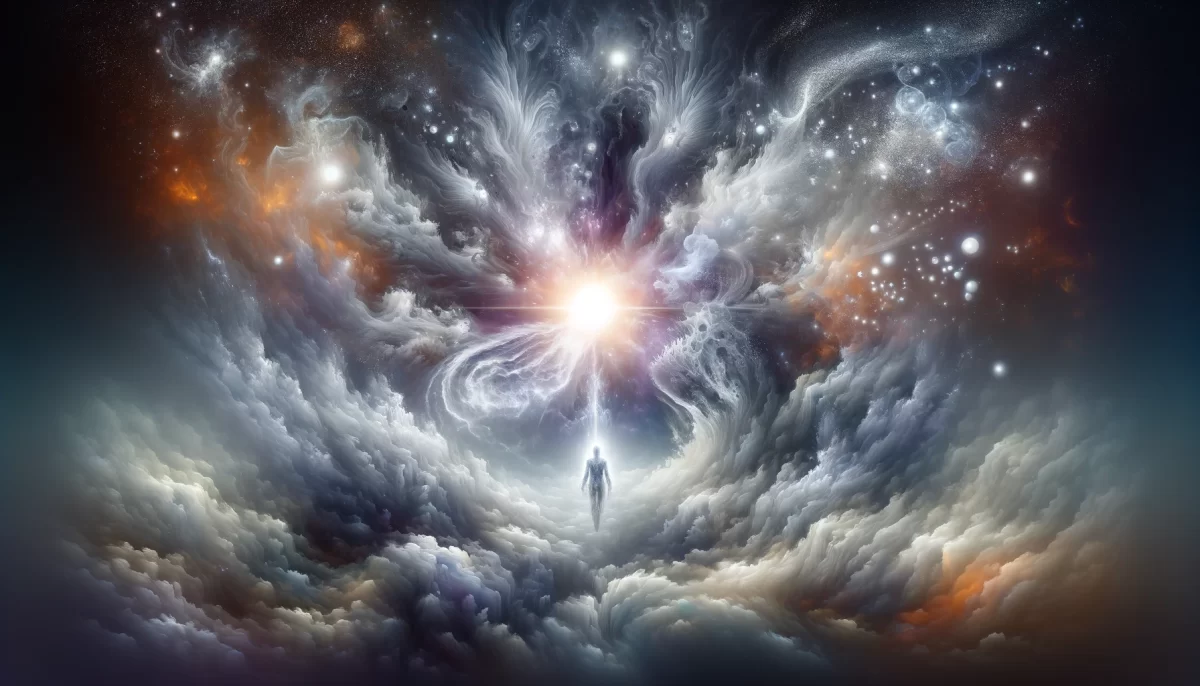


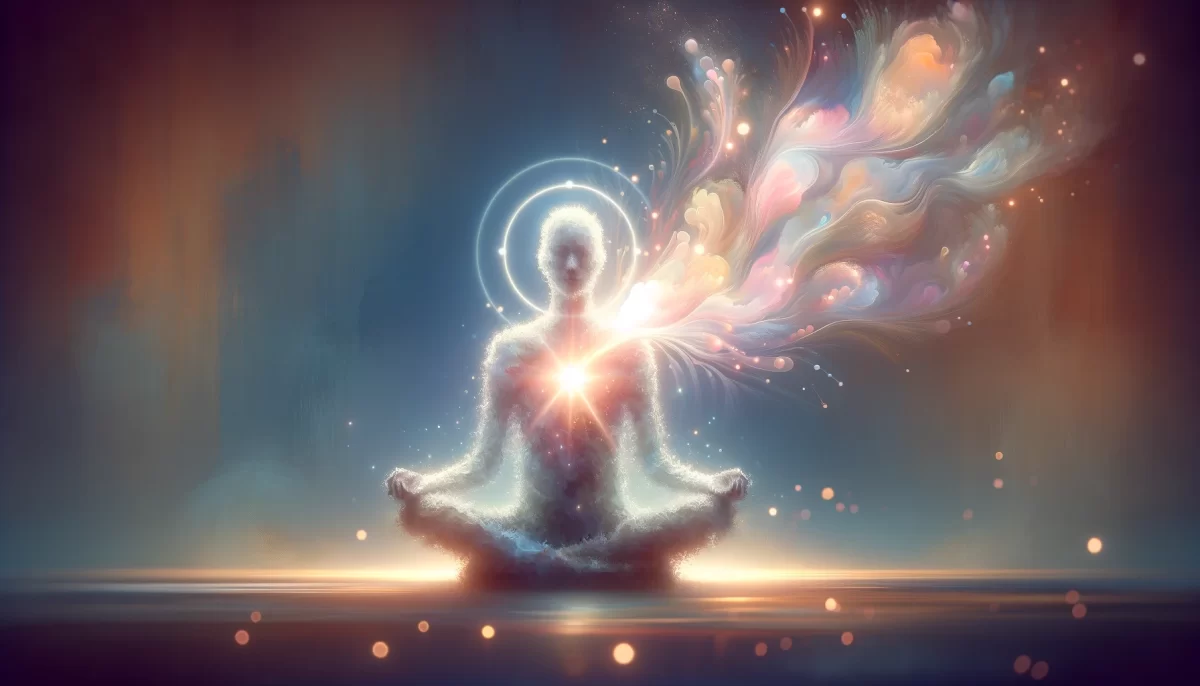
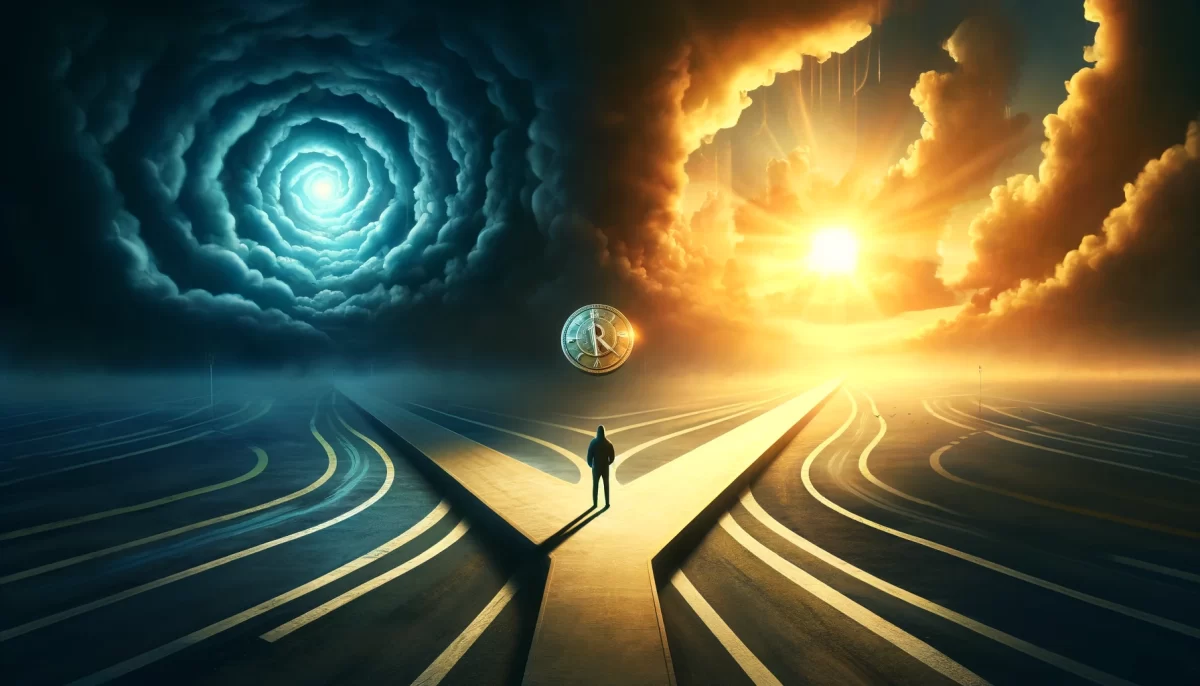







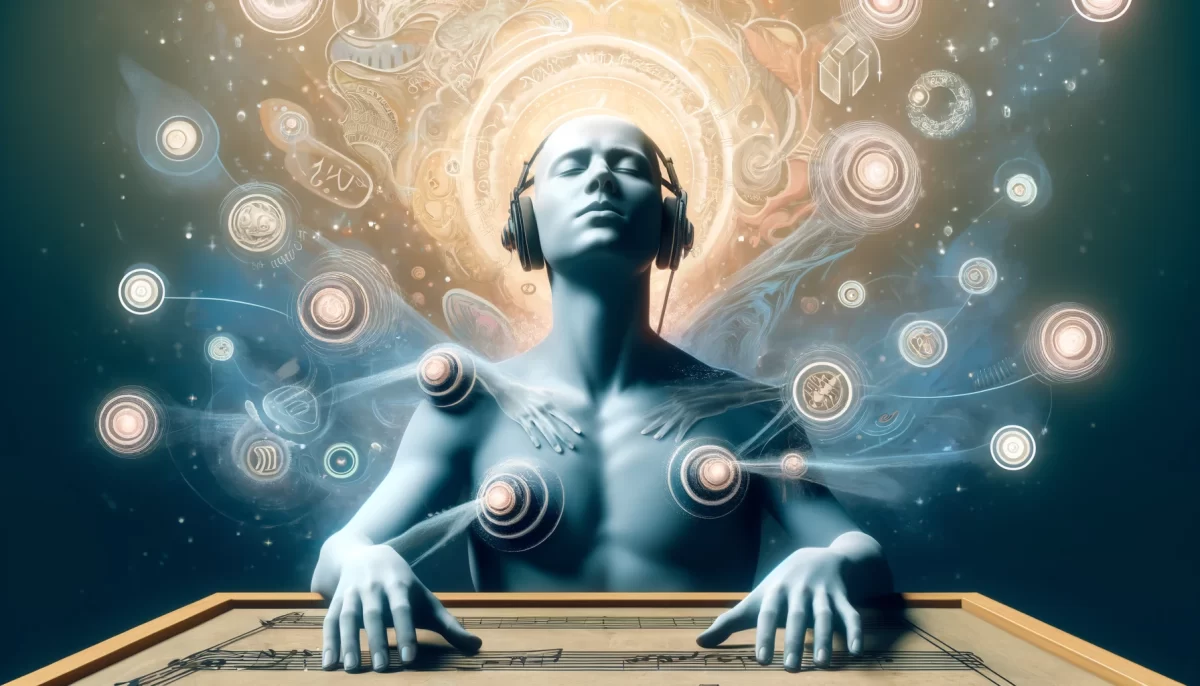
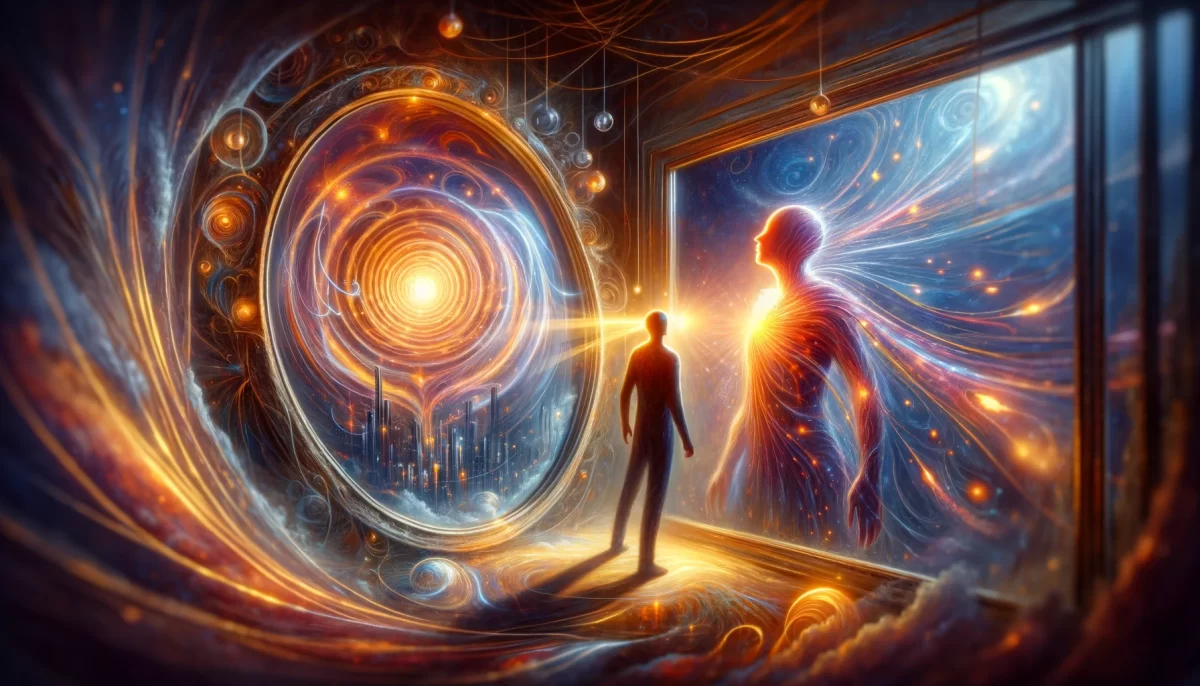
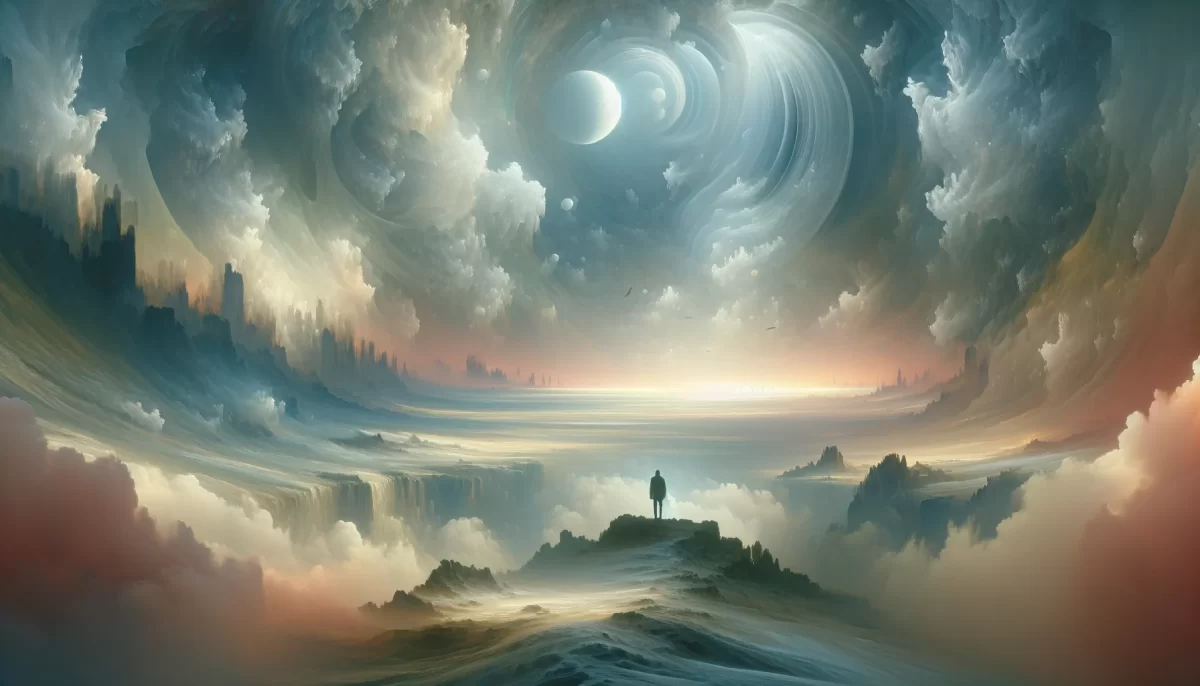
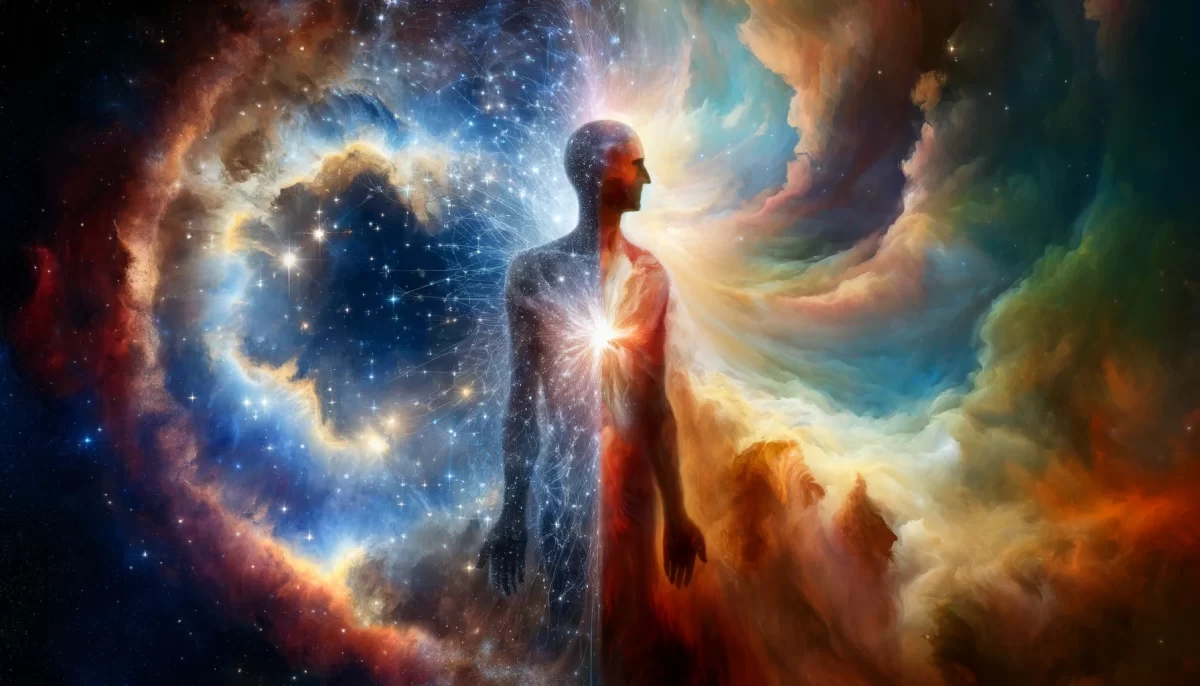




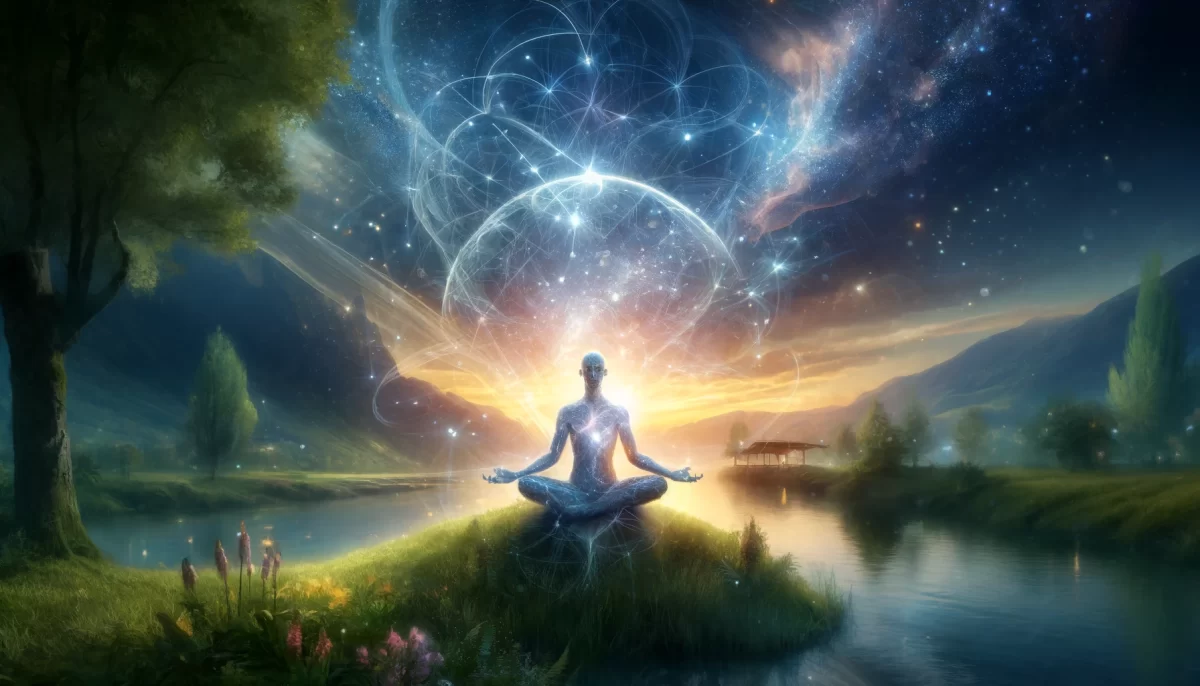
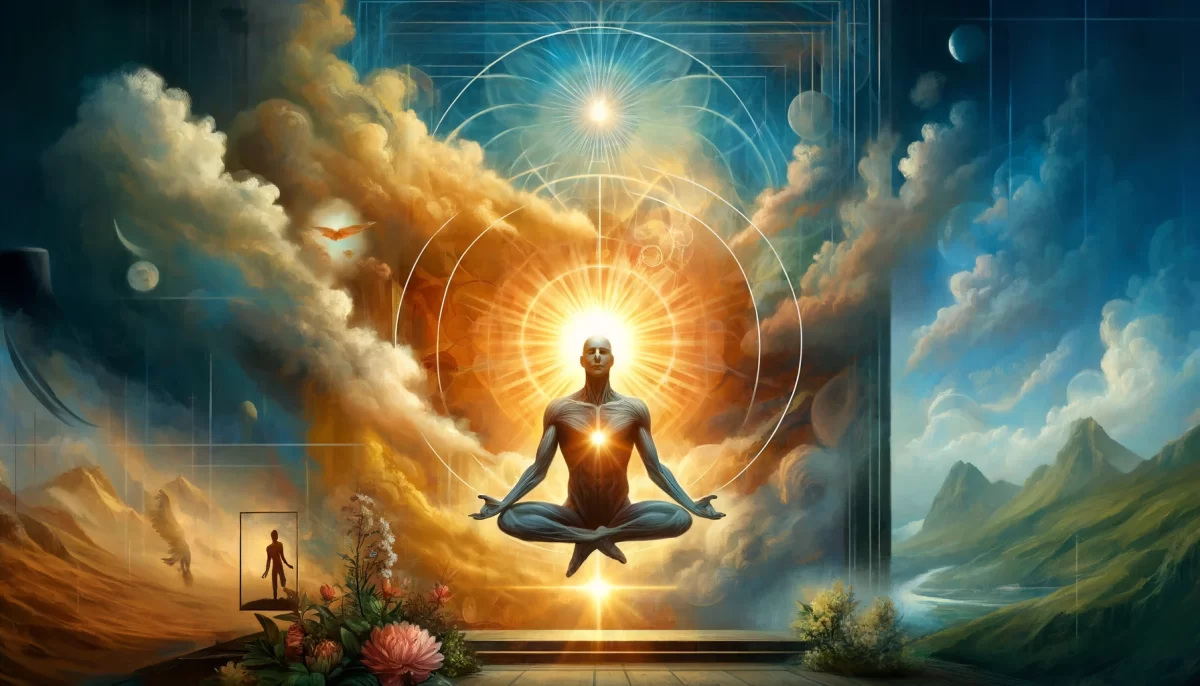
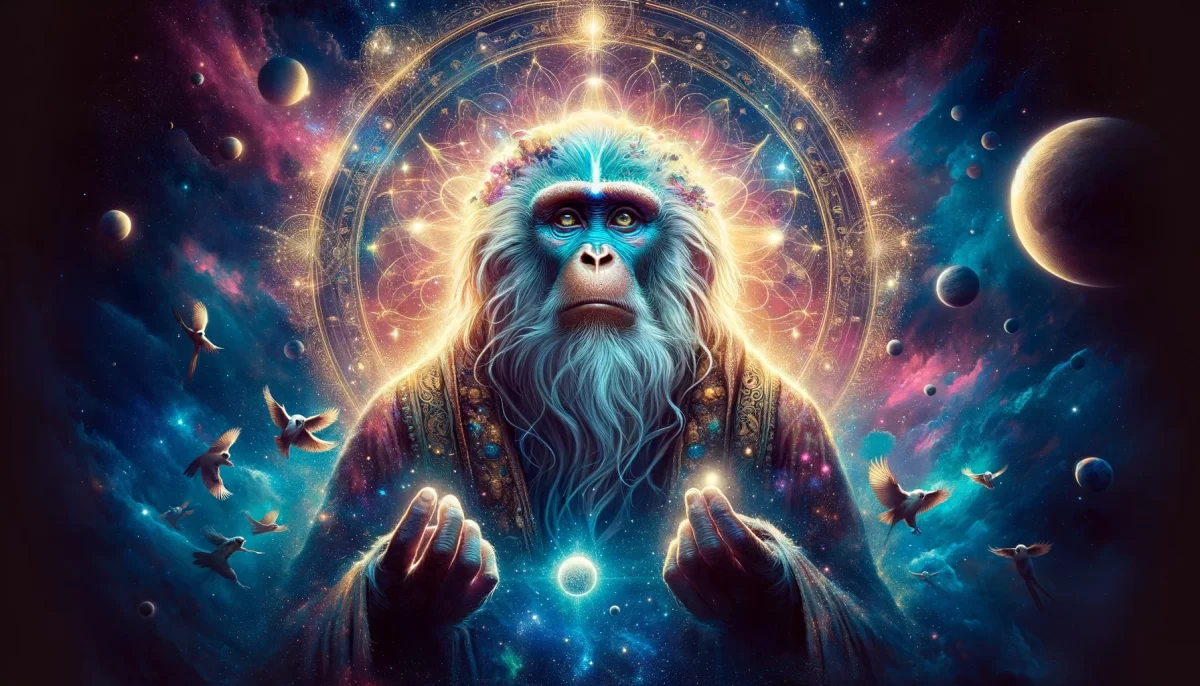
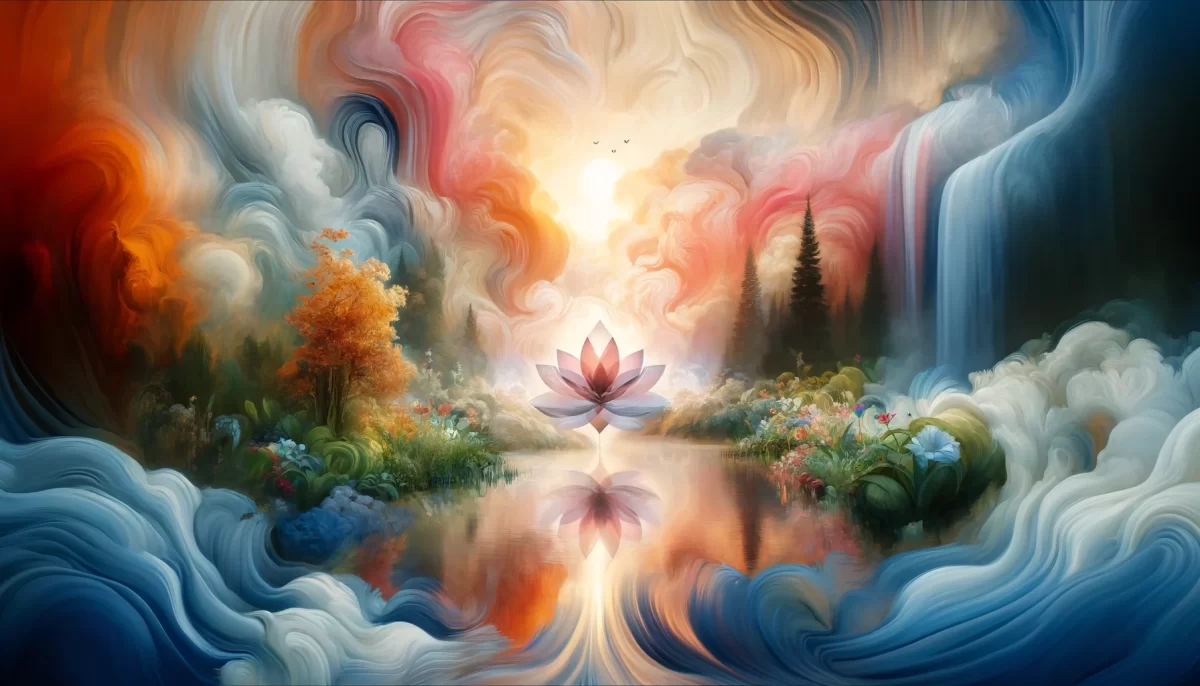
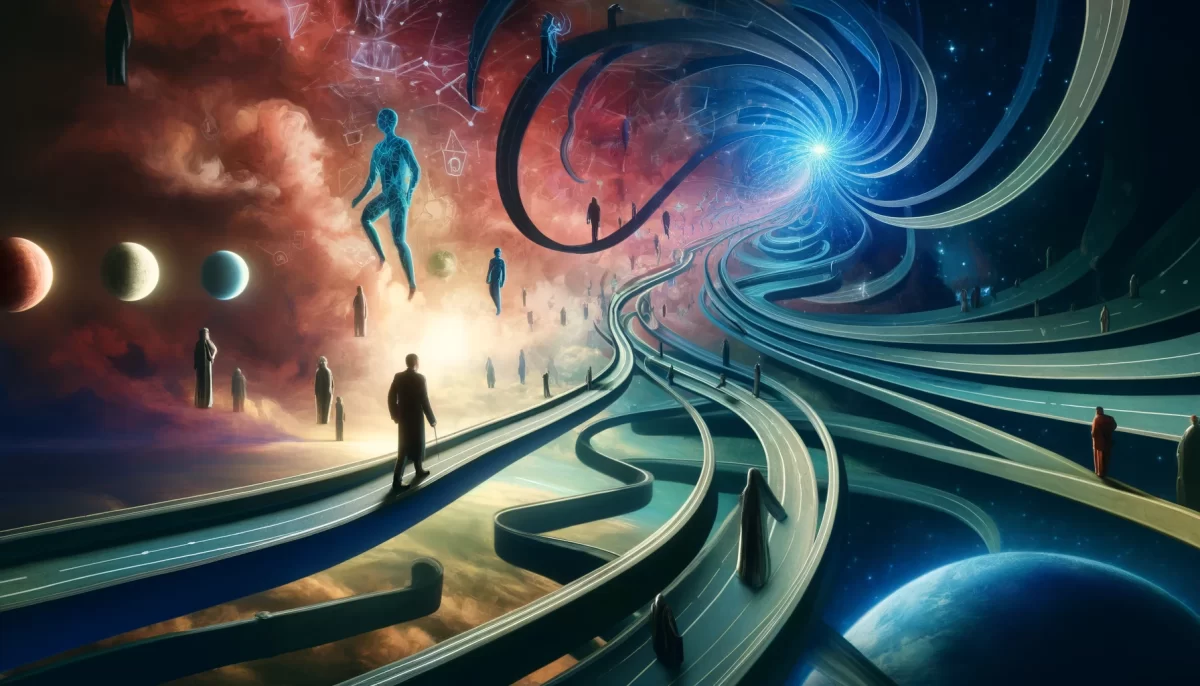
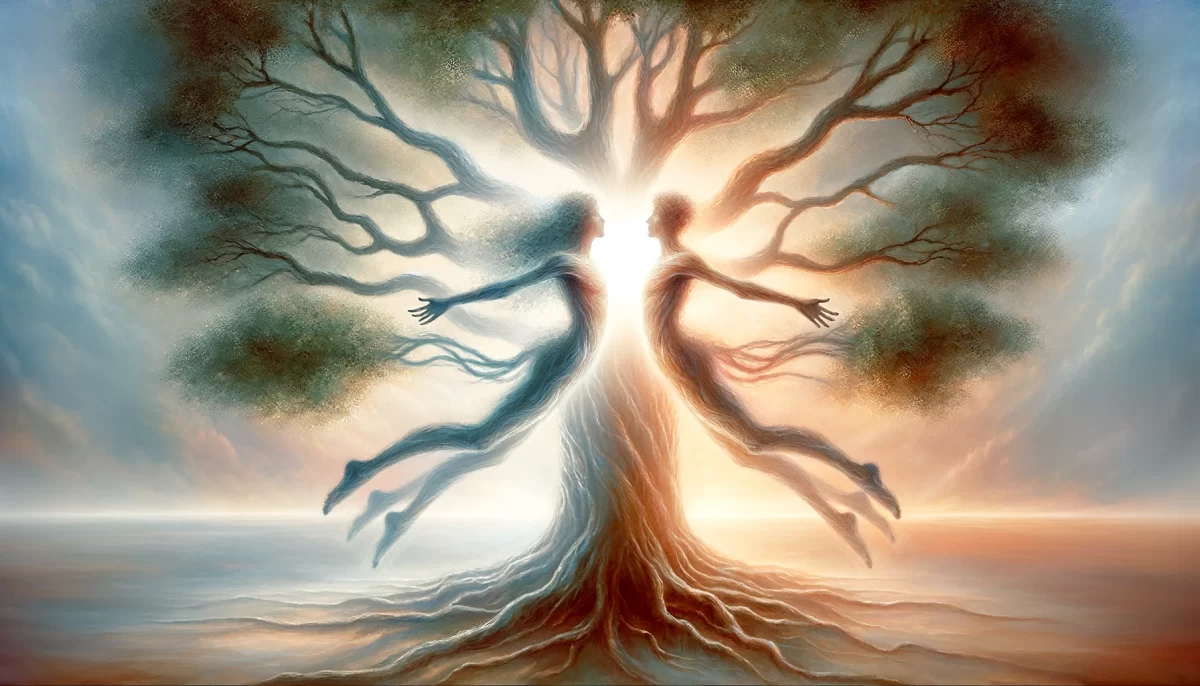
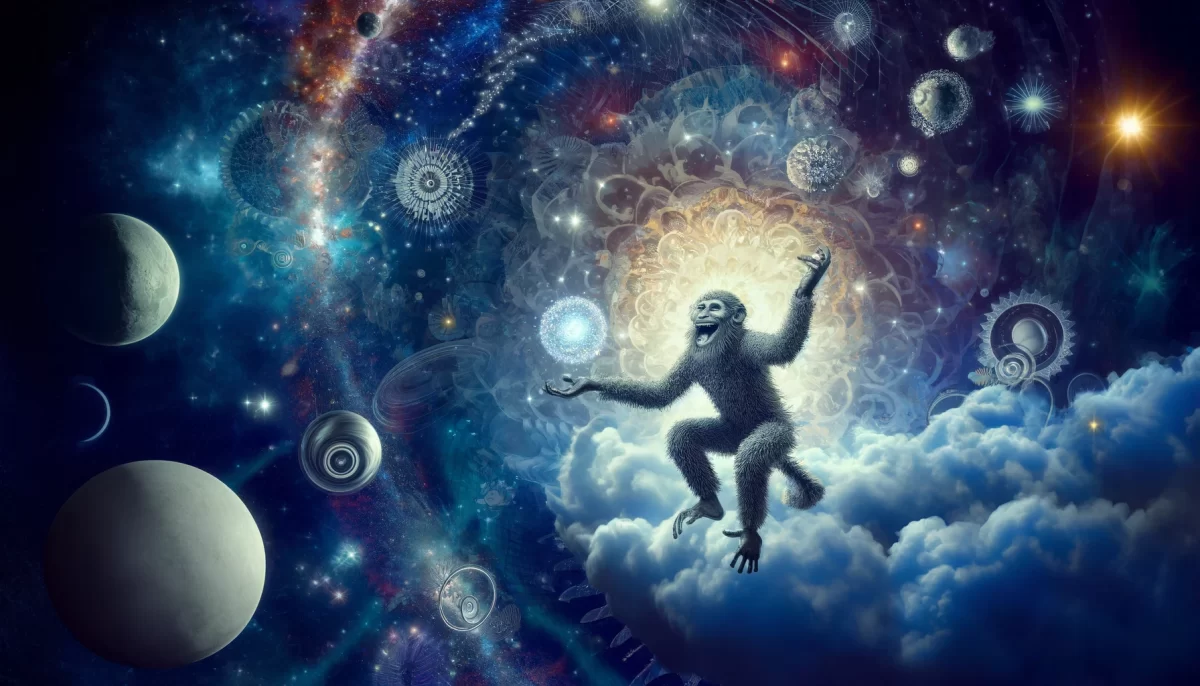
Leave a Reply